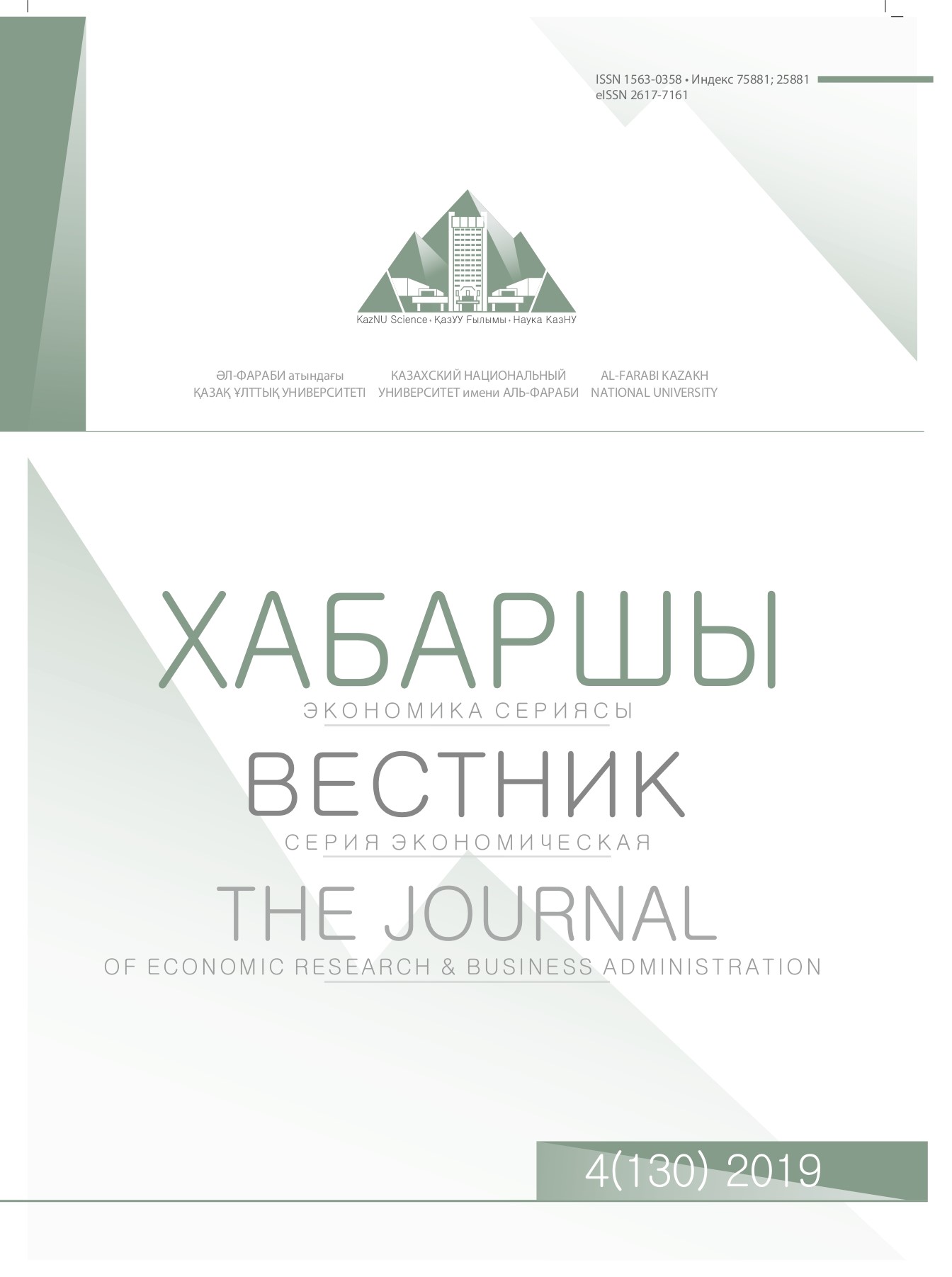Evaluation of financing of digital economy projects in the Republic of Kazakhstan
DOI:
https://doi.org/10.26577/be-2019-4-e4Abstract
The aim of the study is to assess the financing of digital economy projects, which is a priority
for the Republic of Kazakhstan in modern conditions. State programs of informatization and digitalization
are carried out over the past years, since the development of information and digital technologies
has a significant impact on the competitiveness of the country. Digital space covers the countries of near
and far abroad, including neighboring countries that interact with Kazakhstan, as a result of which mutual
economies are enriched. The CIS countries united in the Eurasian Economic Union (EAEU) have not only
common borders, but also economic, scientific and technical interests, including on the ground, underground
and in space. All of the above determines the relevance of the research topic, which considers the
possibilities and the need for funding pilot projects related to digitalization. The scientific significance of
the study is based on the study of the theory and practice of project activities, especially in the field of
the digital economy. The practical significance of the study is justified by the possibility of using research
materials in the expert evaluation of projects submitted for financing by international, state and corporate
funds. The research was carried out within the framework of accessible information of international, state
and public organizations, as well as scientific and practical publications of those leading in the periodical
press and the Internet. The study was conducted using analytical, comparative and evaluation methods,
based on statistical data, on which relevant conclusions were drawn and recommendations were made.




